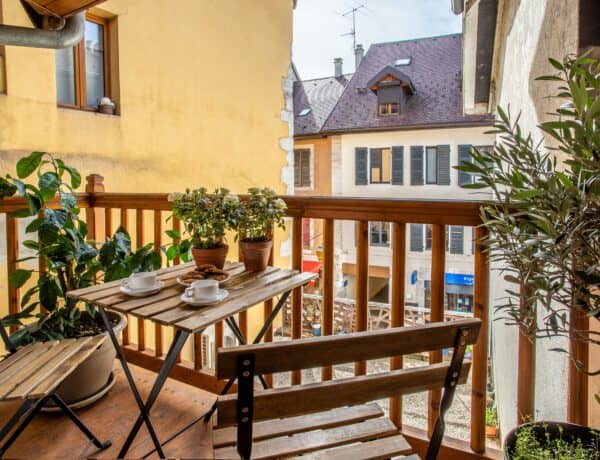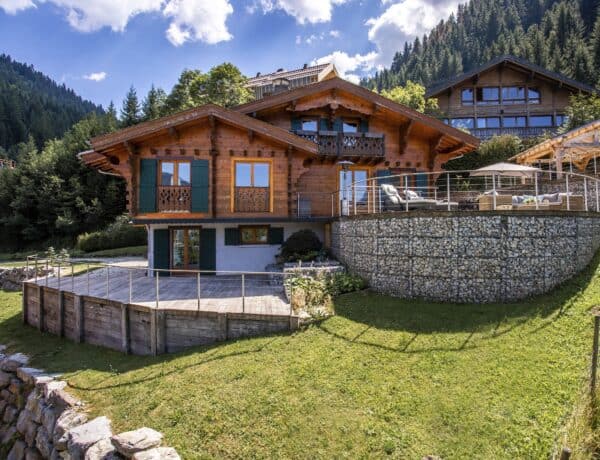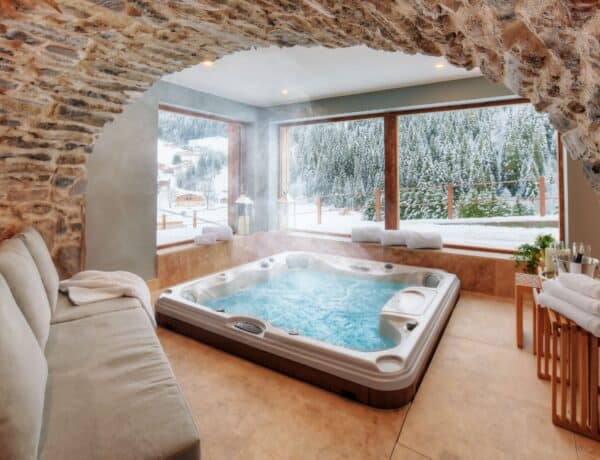Are you wondering about effective ways to cut costs while managing your rental property investment?
Balancing the desire to provide a high-quality experience for your future guests with the need to safeguard your initial investment capital can be a challenging task for investors. Each decision you make in your rental property venture plays a pivotal role.
In this post, we’ll explore six valuable tips to assist you in reducing expenses and optimising your rental investment.
1. Define the final project carefully
What is your investor profile, financial situation and borrowing capacity?
Before you get going, you need to identify your strengths, weaknesses and risk tolerance.
Are you looking for a regular income or a long-term capital gain?
Next, you need to clearly define the objective of your rental investment. Is it to generate regular cash flow to cover operating costs and obtain income? Or are you aiming for long-term capital gains by capitalising on the appreciation in value of the property? A clear understanding of the objective will help you to make strategic decisions throughout the project.
Does your project have a deadline?
It’s important to factor deadlines into the project. Certain situations, such as retirement or the financing of other projects, may impose specific time constraints. Planning around these deadlines will help avoid unnecessary costs due to haste.
Should you buy a property or build a new one?
Each of these options has different financial and logistical implications. Buying may be quicker, but building from scratch may allow for greater customisation.
Evaluating these options carefully will help you to make savings when implementing your rental investment project.

2. Optimising taxation and financing
What status should you adopt for your holiday rental business?
The choice of legal status for your rental business is of crucial importance. It can have a direct impact on how you are taxed as a rental owner. Opting for the most appropriate legal status can reduce the tax burden, generating savings in the long term.
What tax deductions are available for each status?
By identifying the expenses eligible for deduction, such as maintenance costs or renovations, it is possible to reduce taxable income, resulting in substantial tax savings.
What are the different financing options to consider?
The choice of finance for rental investment has an impact on the total cost of borrowing. There are various options to explore (mortgages, commercial loans, private investors, brokers). By carefully examining interest rates, repayment terms and different loan options, you can save on interest and minimise the financial burden of your investment.
What are the region’s tax regulations?
Seeking out the specific advantages offered in the region can result in significant savings on the costs of the rental investment project over the first few years.
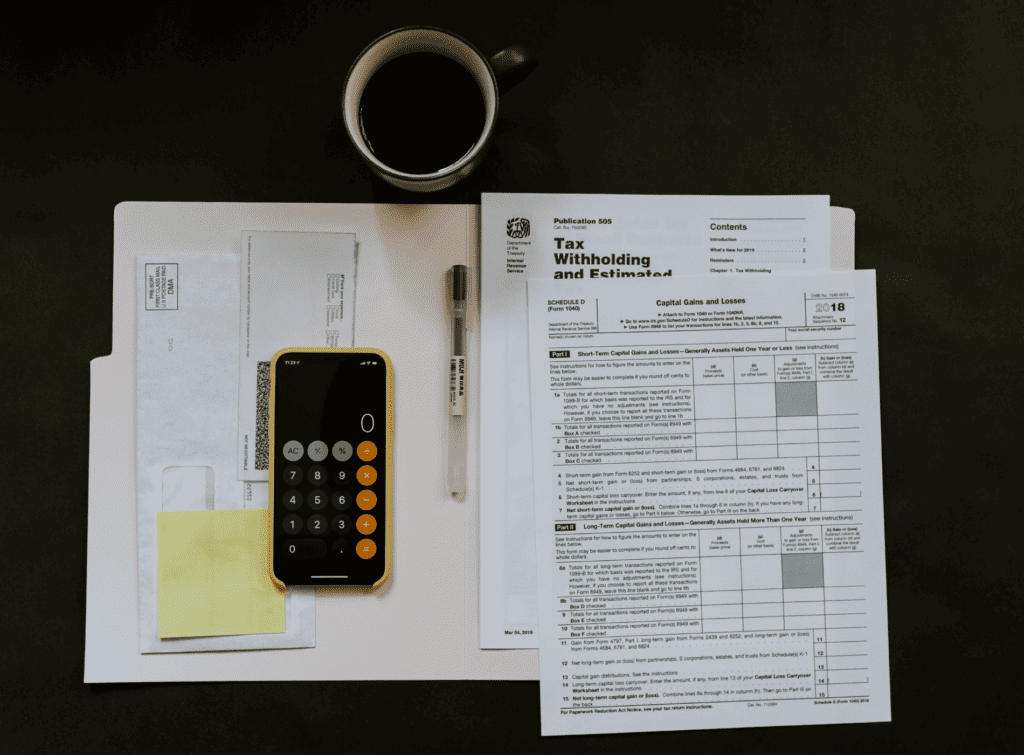
For example, certain communes in Haute-Savoie may be classified as ZRRs (Zones of Rural Revitalisation). Therefore, rental investors who buy or renovate a property in these areas can benefit from tax exemptions.
Calling in a chartered accountant is essential if you want to save money on your rental investment. When it comes to finance, a decision doesn’t have to be intrinsically wrong to cost investors a lot of money. Even an average decision can result in considerable costs.
3. Call in the professionals
At first sight, this advice may seem counter-productive.
When it comes to making savings on a rental investment, the first item of expenditure you think about cutting is labour. There’s a great temptation to want to do as much as possible yourself. But in reality, calling in qualified professionals will save you time and money.
Real estate, building or construction professionals have a well-established network of contacts in the industry and can put homeowners in touch with reliable contractors. This can translate into savings through preferential rates and established business relationships. Builders often have better knowledge of the availability or price of a plot of land. Architects may have pre-established partnerships with interior designers with whom they work effectively.
Rental investment can have its share of unforeseen events, such as emergency repairs or disputes with tenants. Professionals are used to dealing with these situations and will be able to minimise disruption and the associated costs. What’s more, a property that is completed more quickly by professionals will be let more quickly. It will therefore generate rental income more quickly.
Professional advice can help you make informed decisions, avoid costly mistakes and maximise the profitability of your investment. For example, an interior designer will help you to optimise space management in a chalet, enabling you to accommodate additional tenants. A specialist tradesman will help you avoid faulty workmanship and save you many repair costs in years to come.
Paradoxically, in this case, sometimes you need to spend more to save more.

4. Making savings in the right places
Even when you’re on a tight budget, it’s important that the final property doesn’t look cheap.
We spoke to interior designer Alexia Caridi, who told us: “People take far less care of holiday rentals than they do of their own homes”.
The areas where you need to invest
- Hardware in general (the first thing that comes to mind for the interior designer is drawer handles);
- Taps and shower columns;
- Household appliances: you don’t need to aim for the very top of the range, but you do need to make sure you get the best quality and value for money;
- Flooring: there will be a lot of foot traffic, so it’s important to have a quality wooden floor installed.

The areas where you can make savings
Without hesitation, the finishing details are one area where you can keep costs down. For example, using satin-finish furniture panels instead of expensive matt materials, or unfinished oak instead of solid oak on the floor. This kind of detail cuts the budget without compromising the overall quality of the chalet.
It’s important to consider the layout and planning of the rooms. In a luxury chalet for seasonal rental, the bedroom-to-bathroom ratio is crucial. “Within luxury chalets, when we talk about bedrooms, we’re talking about suites, your own private space,” explains Alexia. In the holiday rental industry, the bedroom-to-bathroom ratio should be as close to 1:1 as possible.
Conversely, wellness facilities (spas, hammams) don’t need to have the same capacity as the chalet, so this is an opportunity to save money. A property that sleeps 16 people can have a sauna that seats just 8 or 10. That’s a lot of money saved!
So, don’t skimp on the quality of the equipment that will be used the most. On the other hand, there are ways of making savings on decorative details. This kind of consideration can reduce the budget without having a negative impact on the overall aesthetic of the decor.
5. How to handle quotes
Mastering the art of quotations can save you money on your rental investment.
First of all, you need to be aware that the cost of certain materials has risen by up to 50% in recent years. Some bills that at first glance appear ridiculously over-the-top will end up being easy to justify.

Alexia Caridi has some advice on determining the genuine quotes from those you should avoid.
“Inflation doesn’t affect interior designers or service providers in general in the same way as it does craftsmen. Craftsmen buy raw materials that they then resell in another form. They therefore have to adapt in order to maintain their margins and offer, at the very least, two completely different quotes from one month to the next.”
Other service providers do not have to include the same factors in their quotes. Of course, they will increase their amounts and fees as they become better known, and include their accounting and marketing costs, or simply inflation. However, the increase in raw materials is not included in their rates.
When you take all this into account, it will be easier to detect an arbitrarily inflated quote.
“If two professionals in the same trade offer you two quotes that are very different, it’s a good idea to dig a little deeper or ask for a third opinion. What’s more, if you ask for an explanation of a point in the estimate that you think is excessive and an interior designer tells you he has no choice but to pass on the inflation, that should set off warning bells.”
Making good use of quotes doesn’t mean just choosing the cheapest one. It’s more a question of knowing how to read between the lines.

6. Focus on low-cost resorts with the potential to grow
Investors’ instincts often tempt them to establish themselves in well-known destinations such as Megève or Chamonix, where demand is already well-established and prices are high. However, it’s important to remember that the most strategic and cost-saving decisions – when it comes to rental investment – are sometimes made outside these popular destinations. When operating on a tight budget, looking for opportunities in lesser-known resorts is sometimes the key to a successful rental investment.
Investing in an inexpensive resort can be wise, as it allows you to enter the market with less initial capital while benefiting from long-term growth potential.
There are a number of ski areas to keep a close eye on such as the Grand Massif and some of the Portes du Soleil. Despite having lower entry costs than some of the more upmarket resorts in the Alps, these areas go out of their way to offer a great experience to holidaymakers and investors. They boast modern infrastructures, a wide variety of summer activities and are close to small, authentic villages. These are truly booming sectors.
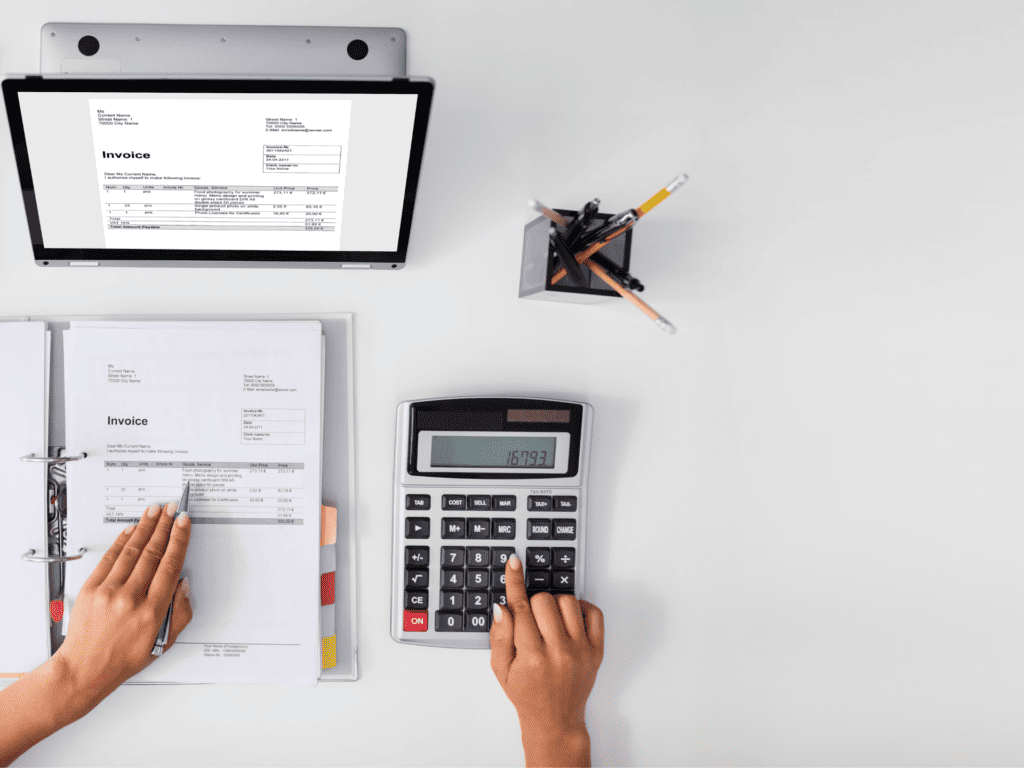
It is perfectly possible to buy a chalet at a relatively affordable price and expect the value of the property to increase as the popularity of the resort grows.
The key to making savings on your rental investment is planning.
Investors who plan ahead are able to define their objectives and priorities, in turn allowing them to make better decisions and less costly decisions.
Our experts can help you define the right parameters for your rental investment project. With a portfolio of over 150 chalets under rental management, OVO Network can help you maximise your rental income and boost occupancy rates.
Find out how much you can earn when you rent out your chalet with our rental income calculator and don’t forget to sign up for our Industry Insider Newsletter for all the latest updates.
Did you like this article? Check out these related posts:
